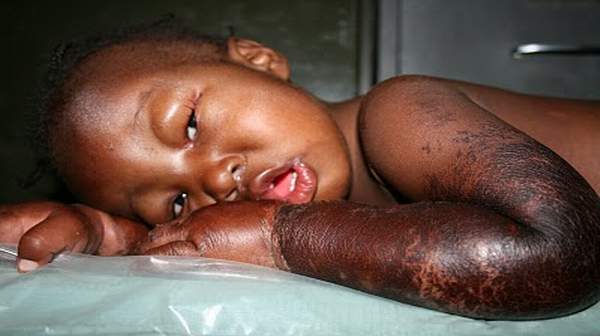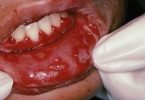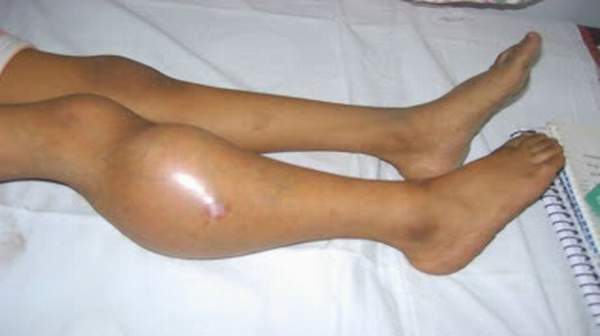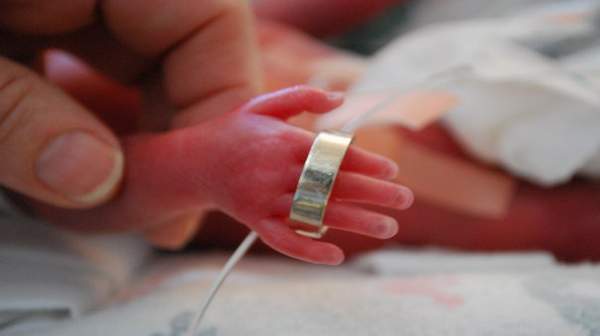What's in this article?
What is Kwashiorkor?
Kwashiorkor is a type of malnutrition that is rare in the United States; it is most common in areas of drought and famine. Kwashiorkor is due to inadequate protein in the diet despite an adequate caloric intake. Symptoms may include irritability and fatigue followed by slowed growth, weight loss, muscle wasting, generalized swelling, skin changes, enlargement of the liver and abdomen, and weakening of the immune system, leading to frequent infections. Once kwashiorkor develops, some of the effects, such as short stature and intellectual disability, cannot be corrected.
Children are affected by kwashiork or more frequently than adults. It typically starts after the child has been weaned and breast milk has been replaced with a diet low in protein, although it can occur in infants if the mother is protein-deprived. Kwashiorkor can also occur due to parasites and infections that can interfere with nutritional status. Low protein diets associated with dietary changes due to milk allergies in infants, fad diets, poor nutritional education, or a chaotic home life, are other causes of kwashiorkor.
Causes of Kwashiorkor
Kwashiorkor is most common in areas where there is:
- Famine
- Limited food supply
- Low levels of education (when people do not understand how to eat a proper diet)
This disease is more common in very poor countries. It often occurs during a drought or other natural disaster, or during political unrest. These conditions are responsible for a lack of food, which leads to malnutrition.
Kwashiorkor is very rare in children in the United States. There are only isolated cases. However, one government estimate suggests that as many as 50% of elderly people in nursing homes in the United States do not get enough protein in their diet.
When kwashiorkor does occur in the United States, it is usually a sign of child abuse and severe neglect.
Symptoms of Kwashiorkor
symptoms of kwashiorkor include:
- change in skin and hair color (to a rust color) and texture
- fatigue
- diarrhea
- loss of muscle mass
- failure to grow or gain weight
- edema (swelling) of ankles, feet, and belly
- damaged immune system, which can lead to more frequent and severe infections
- irritability
- flaky rash
- shock
Why does Kwashiorkor happen?
Kwashiorkor is most commonly seen in developing regions of the world with an unstable food supply, particularly in countries where the diet consists mainly of corn, rice and beans which lack essential nutrients such as proteins, vitamins and minerals. However, the exact cause remains unknown.
The condition is unusual in developed countries such as the UK, although it can occasionally occur as a result of problems such as severe neglect, long-term (chronic) illness, a lack of knowledge about nutrition or a very restricted diet.
Kwashiorkor can affect people of all ages, but is more common in children than adults.
How is Kwashiorkor Treated?
Treatment of kwashiorkor depends upon its severity. Fluid and electrolyte imbalances may need to be corrected with intravenous fluids, and infections may require treatment with antibiotics.
Although the goal is to increase protein in the diet, rapid increases in calories and protein can be dangerous. Often, the calories are slowly increased by adding carbohydrates, sugars, and fat to the diet. Next, protein is gradually added. People who have malnutrition may have difficulty digesting the lactose in dairy products, so the enzyme lactase may be added. Vitamin and mineral supplements may also be used.





